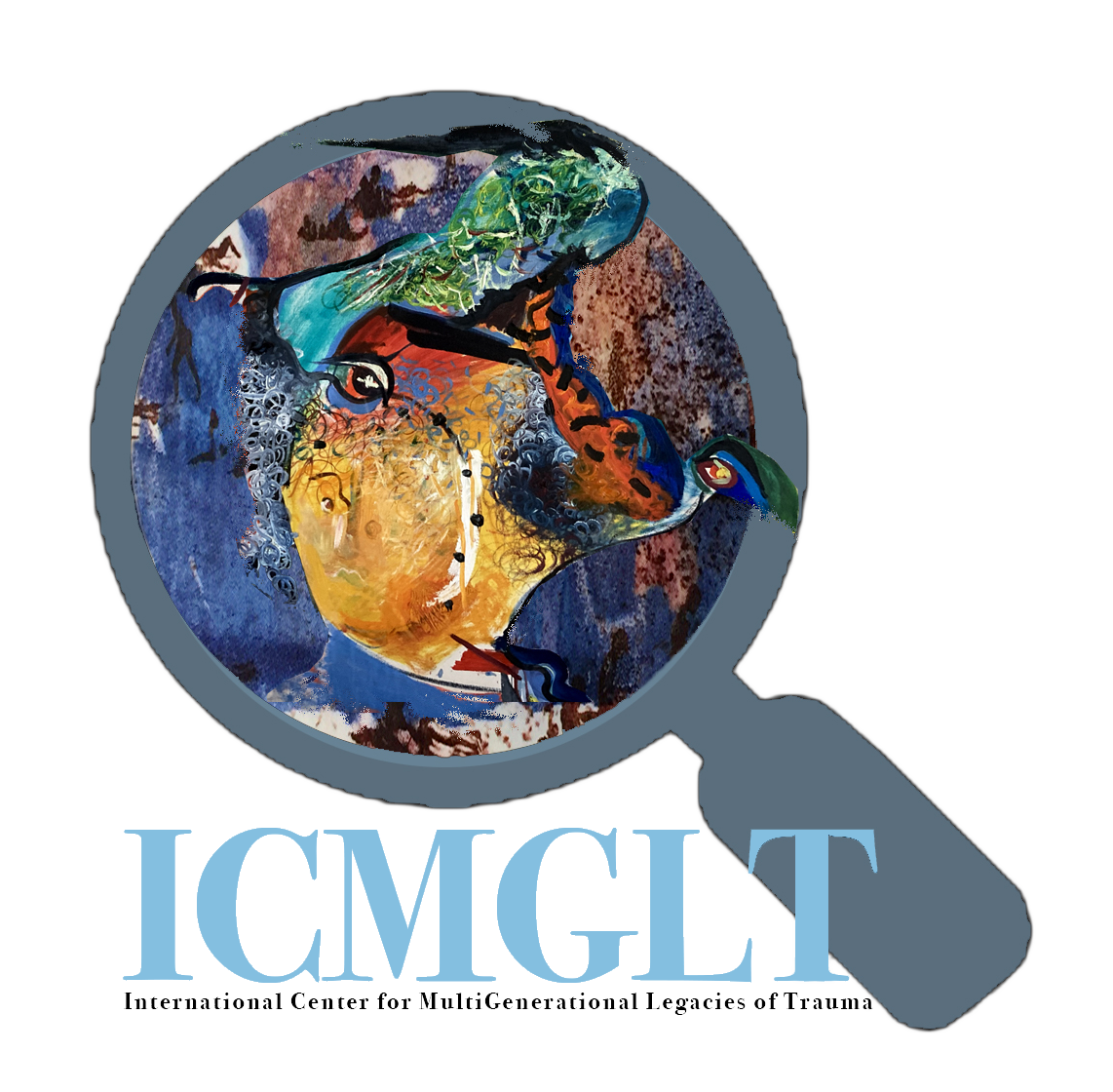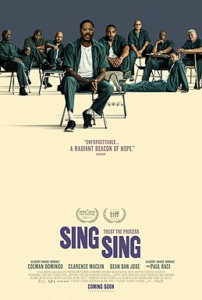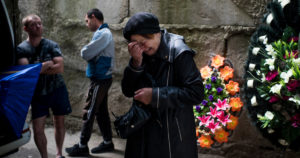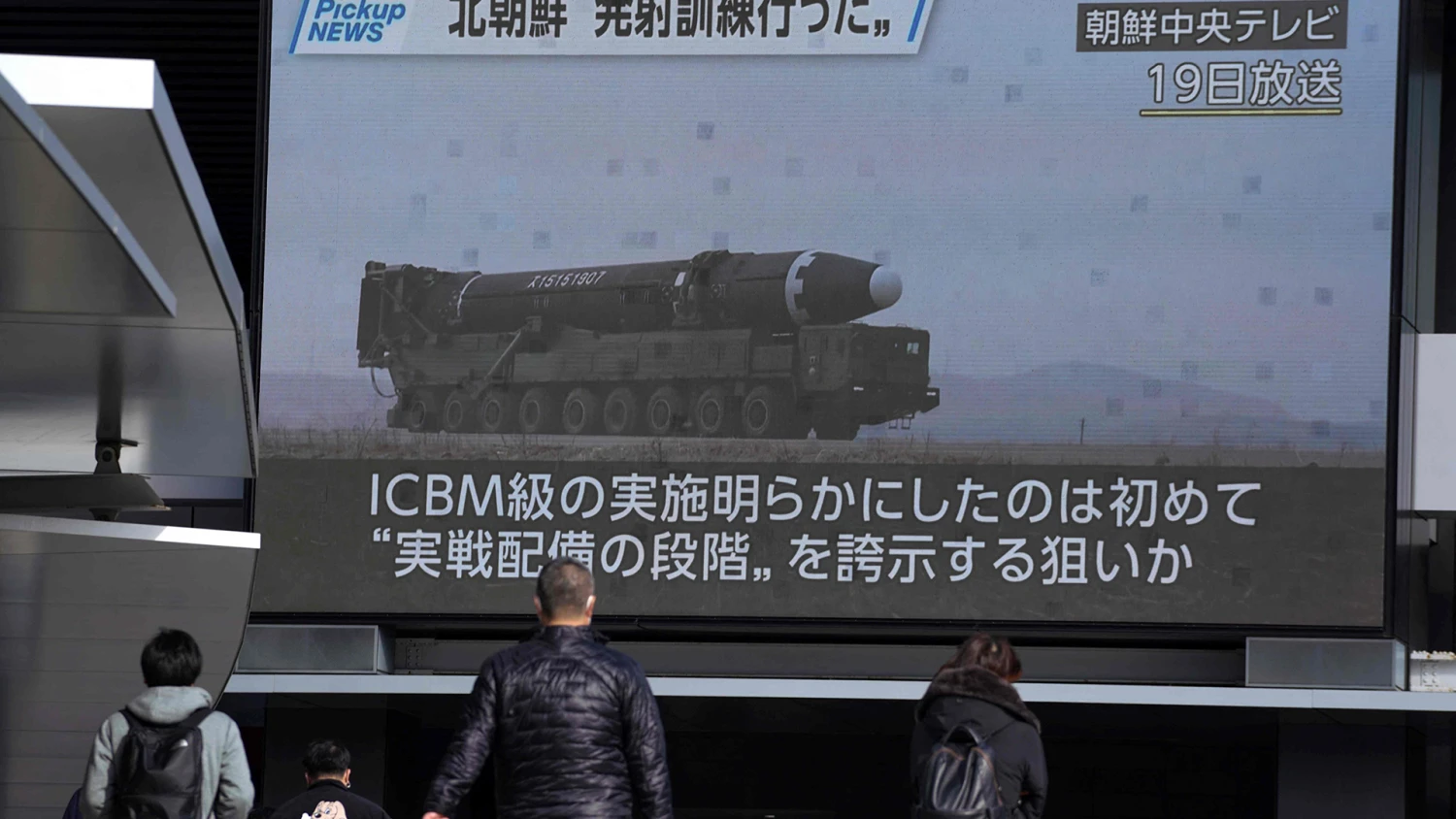This was one of hundreds of bioweapon simulations carried out in the 1950s and 1960s
July 6, 2015
The bacterium Serratia marcescens lives in soil and water, and is best known for its ability to produce bright red pigment. This flashy trait makes this particular microbe useful in experiments—because it is so bright, it’s easy to see where it is. And in 1950, the U.S. military harnessed that power in a large-scale biowarefare test, writes Rebecca Kreston on her blog “Body Horrors” for Scientific American.
Beginning on September 26, 1950, the crew of a U.S. Navy minesweeper ship spent six days spraying Serratia marcescens into the air about two miles off the northern California coast. The project was called “Operation Sea Spray,” and its aim was to determine the susceptibility of a big city like San Francisco to a bioweapon attack by terrorists.
Behold the World’s Smallest Monkey: The Pygmy Marmoset
In the following days, the military took samples at 43 sites to track the bacteria’s spread, and found that it had quickly infested not only the city but surrounding suburbs as well. During the test, residents of these areas would have inhaled millions of bacterial spores. Clearly, their test showed, San Francisco and cities with similar size and topography could face germ warfare threats. “In this regard, the experiment was a success,” writes Kreston.
But there was a catch. At the time, the US military thought that Serratia couldn’t harm humans. The bug was mostly known for the red spots it produced on infested foods and had not been widely linked to clinical conditions. That changed when one week after the test, 11 local residents checked into a Stanford University Hospital complaining of urinary tract infections.
Upon testing their pee, doctors noticed that the pathogen had a red hue. “Infection with Serratia was so rare that the outbreak was extensively investigated by the University to identify the origins of this scarlet letter bug,” writes Kreston. After scientists identified the microbe, the cases collectively became the first recorded outbreak of Serratia marcescens. One patient, a man named Edward Nevin who was recovering from prostate surgery, died, and some have suggested that the release forever changed the area’s microbial ecology, as Bernadette Tansey pointed out for the San Francisco Chronicle in 2004.
The military had performed similar tests in other cities across the country over the next two decades, until Richard Nixon halted all germ warfare research in 1969. The San Francisco experiment didn’t become public knowledge until 1976.




